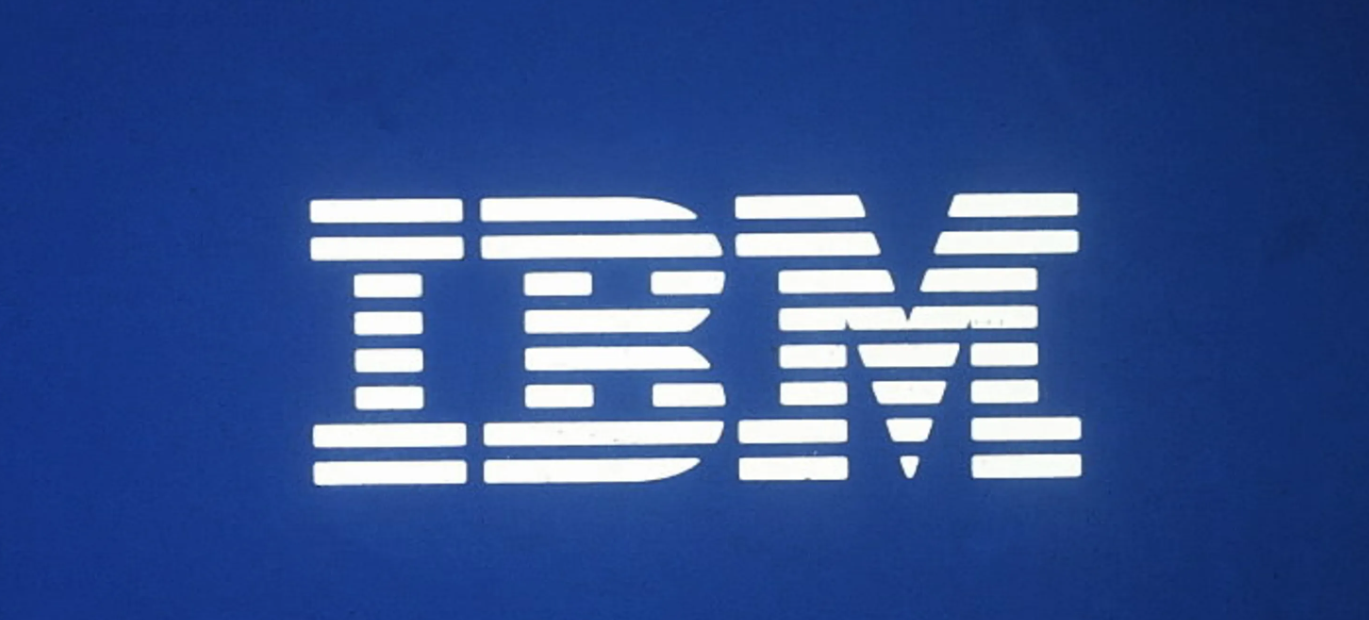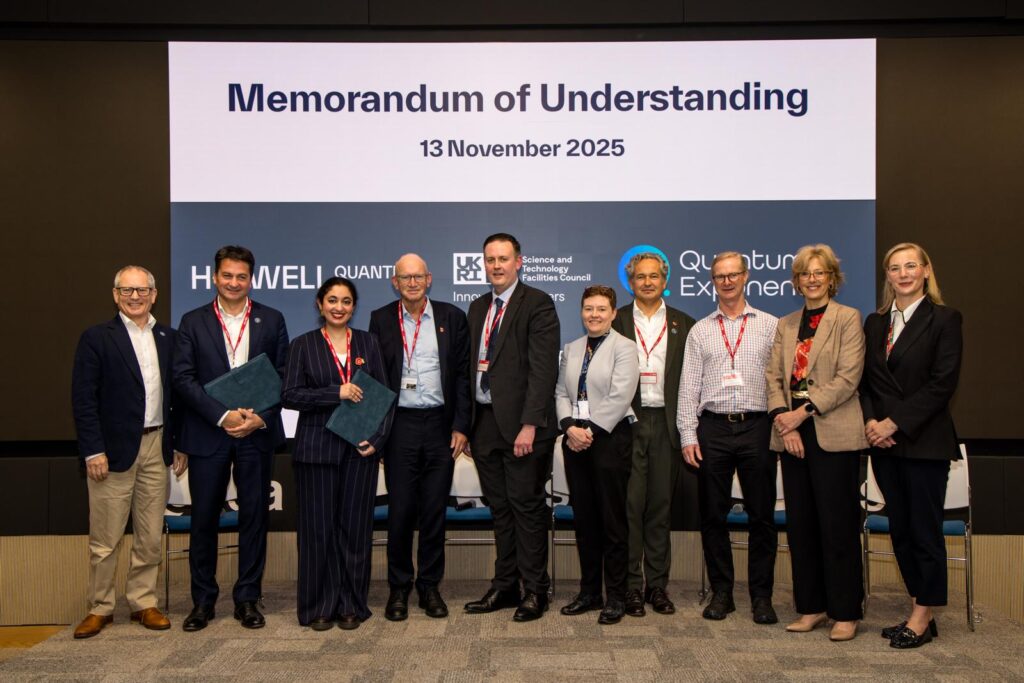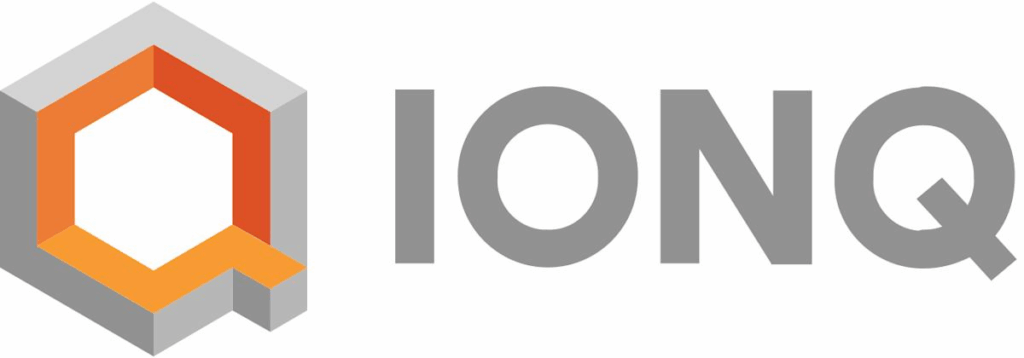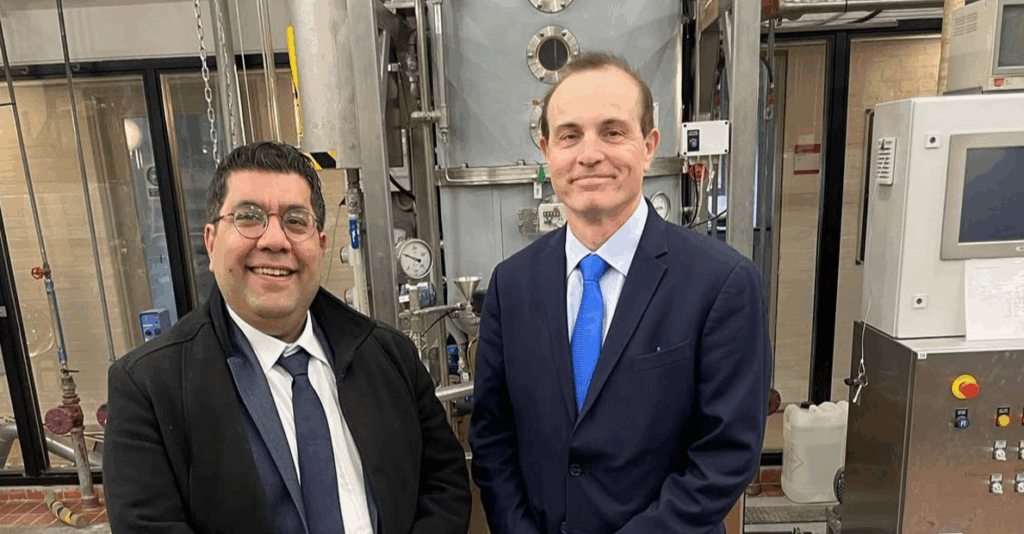Insider Brief
- IBM’s Quantum Serverless introduces tools to efficiently manage quantum and classical resources across development workflows, enhancing accessibility and efficiency for long-running workloads.
- It allows developers to dynamically allocate resources like CPUs, GPUs, and QPUs based on task requirements, overcoming the limitations of fixed-resource systems.
- Quantum Serverless enables persistence of long-running workloads, allowing developers to pause operations without losing progress, making quantum computing more scalable and practical.
In a recent video, IBM’s Sanket Panda introduced a novel concept that is set to transform the quantum computing landscape — Quantum Serverless. This set of tools provides a seamless way to manage quantum and classical resources across an entire development workflow, making quantum computing more accessible and efficient for long-running workloads.
Panda explained the need for flexibility in handling a variety of resources like CPUs, GPUs, and QPUs during the development process.
“Quantum Serverless is a set of tools to help you manage your quantum and classical resources across your entire development workflow,” said Panda. In the quantum computing world, resource management is essential for handling diverse computational tasks that require different types of hardware at various stages of the workflow.

One key advantage of Quantum Serverless is its ability to tackle the inefficiencies of fixed-resource systems. Panda illustrated this with a personal example: “Typically, when I develop software, I’m doing it on my laptop. My laptop has fixed computational resources available to me… I can’t really call on additional flexible elastic resources that can make my computation go faster.” With Quantum Serverless, developers can now dynamically allocate the necessary resources depending on the task at hand, allowing them to optimize both classical and quantum workloads without the constraints of traditional systems.
Perhaps one of the most striking features of Quantum Serverless is its capability to persist long-running workloads. Panda underlined this advantage by saying: “You can write your program, deploy it inside an environment, turn off your laptop, throw it into the river, and then come back, and your program and its results are going to be there waiting for you.” This flexibility allows developers to focus on their work without worrying about continuous system operation, making quantum computing more efficient and scalable.
Quantum Serverless marks a major leap forward in quantum computing, offering a flexible and powerful way to handle complex computational needs. With the ability to manage diverse resources and persist long-running workloads, it’s paving the way for more accessible and practical quantum applications.


















